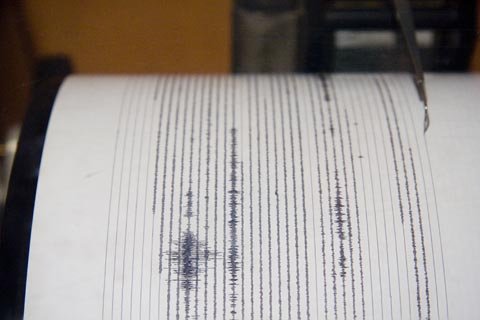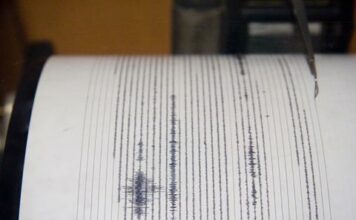Nineteen years after the devastating Loma Prieta earthquake
rocked South County, dozens of seismically unsafe buildings still
stand throughout downtown Gilroy.
Nineteen years after the devastating Loma Prieta earthquake rocked South County, dozens of seismically unsafe buildings still stand throughout downtown Gilroy.
In light of the 7.1 tremor, Sacramento quickly required cities to fix precarious buildings comprised of so-called “unreinforced masonry,” and Gilroy’s City Council obliged Dec. 5, 1989, when it passed an ordinance that it updated in 2006 requiring property owners to repair unsound buildings.
“That ordinance was an outgrowth of Loma Prieta. Everyone had to do an inventory after that,” former City Administrator Jay Baksa said. “But Gilroy’s approach was more laissez-faire.”
That is evidenced by the fact that only 13 of the city’s known 47 trouble spots have been repaired – either by restoration or demolition and reconstruction – and just 19 of the remaining 40 sites are in the city’s queue with their owners securing necessary permits, according to Gilroy’s Development Center Manager Kristi Abrams.
Three of the hazardous buildings belong to the city itself. They include two vacant structures near the Salvation Army building, 7341 Monterey St., that will come down when the charity moves out. The third is the youth center’s larger, L-shaped building at the corner of Sixth and Railroad streets, the walls and parapets of which are made from hollow clay tile and brick masonry: materials that do not comply with state earthquake standards. City inspectors discovered this deficiency during a routine evaluation last month even though earlier inspectors found the sub-par materials before Gilroy purchased the building from PG&E in 1996. Nothing was done at the time because it was not seen as a pressing issue, but a new engineering study is underway, according to City Spokesperson Joe Kline.
Oversight aside, the city’s kindness will expire New Year’s day 2010. After that, owners of unsafe structures will receive a $10,000-per-month fine until they act. The city currently chips away at financial incentives each month a property owner fails to start the repair process. Abrams said it can take anywhere from a few months to a year for a property owner to get through city paperwork depending on their neighbors and that particular property’s history.
City officials point mainly to ill-informed and uncooperative property owners for the low completion rate, but downtown builders such as Steve Ashford have said the city’s under-staffed planning department, double standards and unrealistic demands from historical buffs have slowed projects.
Earlier this year Ashford had to convince the Gilroy Planning Commission that he should not have to hire an archeologist for about $20,000 to be on site during the demolition of 7511 Monterey St., which the Historical Heritage Committee recommended he do. Eventually the Planning Commission and City Council agreed, and the latter removed the requirement and simply mandated that Ashford have a photographer on hand from the city museum during the demolition.
Still, if another significant earthquake happens, this time the city can count on dozens of residents who have completed emergency response training as part of a federally funded program that includes Santa Clara County, Gilroy and Morgan Hill.
More than 100 residents from Morgan Hill, San Martin and Gilroy have graduated from the South County Community Emergency Response Training since it began in early 2007, according to Gilroy Fire Department Public Education Specialist Yvette Phillips. A class of about 25 is training right now, learning how to help fellow citizens survive in the event of an earthquake, among other disasters, until official responders arrive. The latest class will graduate Nov. 22, and Phillips said the south county cooperative hopes to have another course next spring.
“The entire CERT program is designed for any catastrophic emergency,” Phillips said. “They learn how to identify the integrity of building structures and the identifying factors of homes that show whether it’s safe or not to go in there.”
The residents also learn how to mark unsafe buildings with the esoteric scrawls of emergency personnel, making rescue and response times more efficient and helping confused residents during the immediate aftermath. The 1989 quake that struck during the World Series eventually killed 63 people, injured 3,757 people, left more than 8,000 people homeless and caused an estimated $6 billion to $13 billion in property damage.














